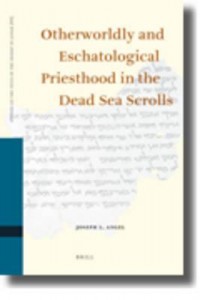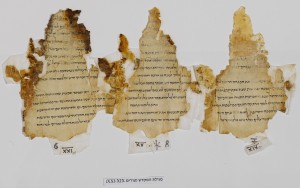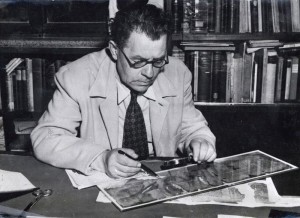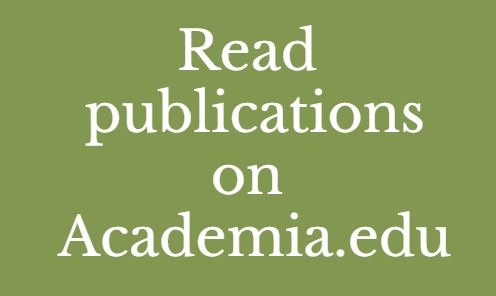Rethinking Rewritten Bible – The Temple Scroll
Molly Zahn discusses rewritten Bible on the ASOR blog:
I think many of my Qumran colleagues would agree with my sense that one of the recurring themes of recent scholarship across all sorts of subfields in the study of the Scrolls is the need to apply a “hermeneutic of suspicion” to our own scholarly constructs: in light of the full publication of the Qumran texts, we have come to realize that what we once regarded as intuitively obvious may in fact be more complex than we suspected. (I am thinking of issues like the Essene Hypothesis, the reconstruction of the community’s history, and the distribution of texts among the various caves, among many others.) The concept of “Rewritten Bible,” and with it my image of a lone scribal rewriter, has not been immune from this development. Discussion of the proper use and application of the term has flourished in the past decade in particular; one notable and widely-accepted proposal is that we speak not of “Rewritten Bible” but of “Rewritten Scripture,” in recognition of the absence of a fixed canon until sometime after 70 CE. My own recent work has complicated the idea of scriptural rewriting in… Continue reading
Sukenik and the Dead Sea Scrolls, Part VI Conclusions
We shall now list the main points of Sukenik’s overall thesis and ask how they stand up today. We will see that the extent of his understanding was remarkable and that he truly grasped the issues relating to this discovery.
- The scrolls are ancient, dating to the two centuries B.C.E. up to 70 C.E. he was completely correct.
- The scrolls stem from the Essene sect. This is of course the dominant scholarly view.
- The Damascus Covenant, or Document (Zadokite Fragments), stem from the same sect. He is proven correct by the findings of manuscripts of this text at Qumran.
- Qumran is a genizah. Most would disagree, but remember that in his time the site had not been excavated.
- The Hodayot teach us fundamental beliefs of the sect. He was right.
- The Teacher of Righteousness may have authored some or all of the Hodayot. Most scholars agree at least to some.
- The War Scroll dates to the Hellenistic period. Most agree, although some date it to the Herodian period.
- The Bible was still not standardized in the scroll period, and this is reflected in parallel… Continue reading
Priesthood in the Dead Sea Scrolls
 James Bowley has reviewed Joseph L. Angel’s excellent book, Otherworldly and Eschatological Priesthood in the Dead Sea Scrolls:
James Bowley has reviewed Joseph L. Angel’s excellent book, Otherworldly and Eschatological Priesthood in the Dead Sea Scrolls:
Overall this is a successful, needed, and useful study of the ways Qumran texts portray otherworldly priests and eschatological priests. As it turns out, these are not small, minor topics among the scrolls, which makes sense, given the many texts interested in purity matters and texts that present the righteous community as a community of priests. Furthermore, as promised, Angel has shed light not just on Qumranic ideas of celestial and future priesthood, but also on the religious ideology and social history of the community/communities of the scrolls authors. Anyone interested in the Qumran community, in the ideologies of persons who wrote the Dead Sea Scrolls, and in the lively and diverse religious identities of Jews in the Second Temple Period will benefit tremendously from this study.
Read the complete review on H-Judaic.


